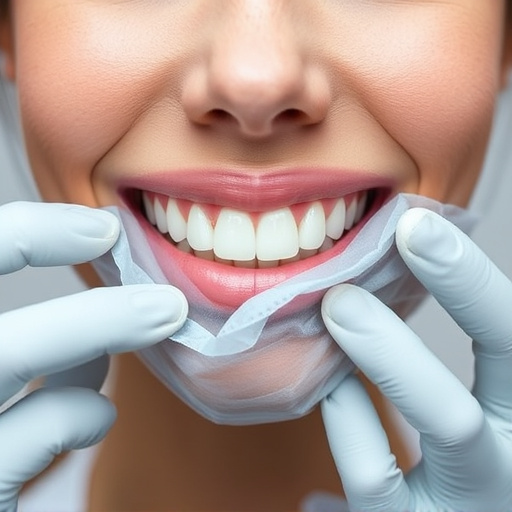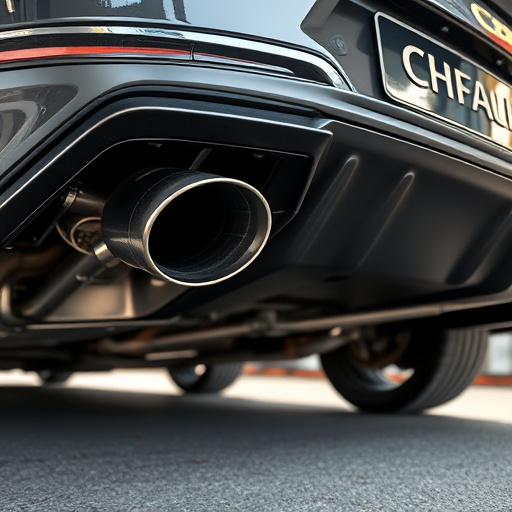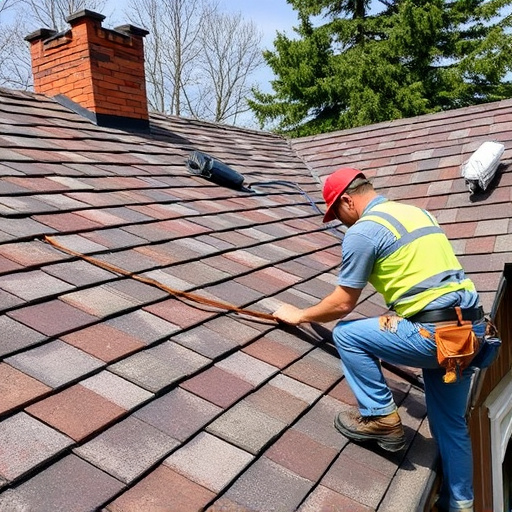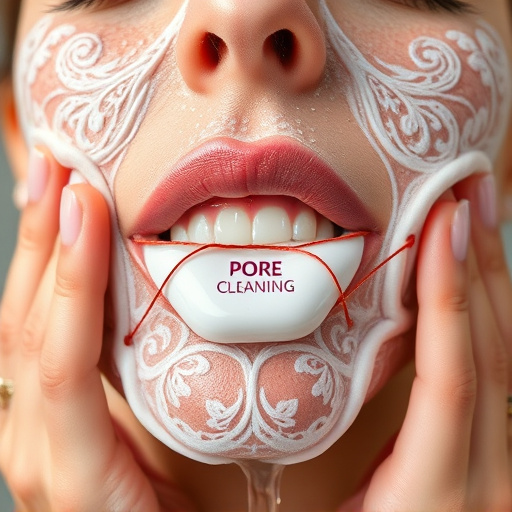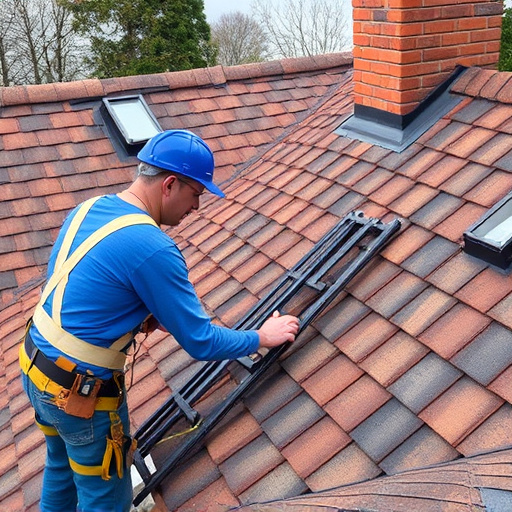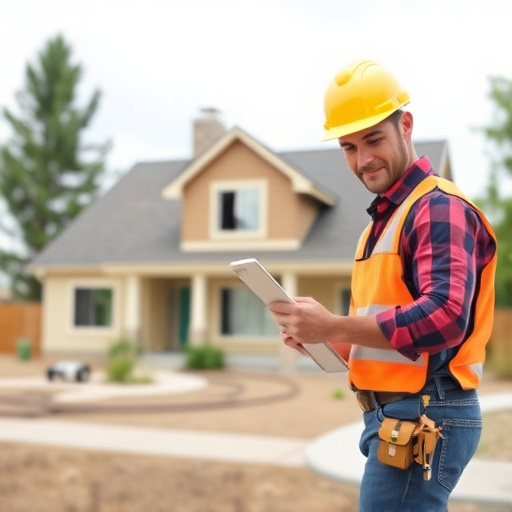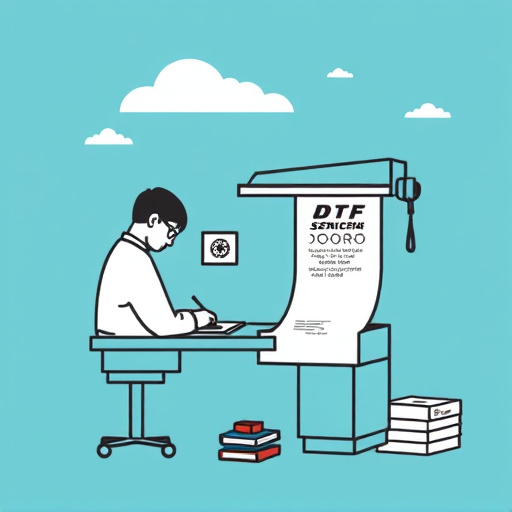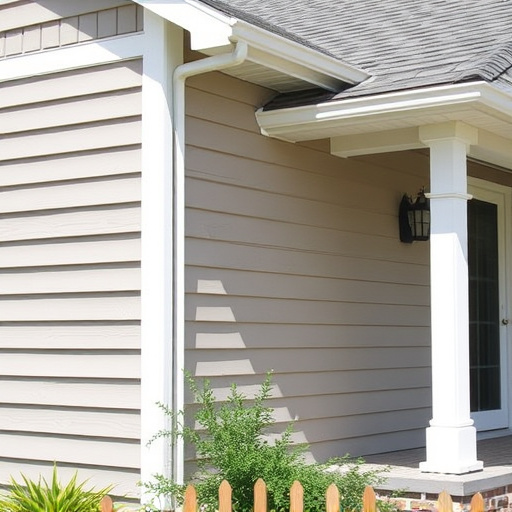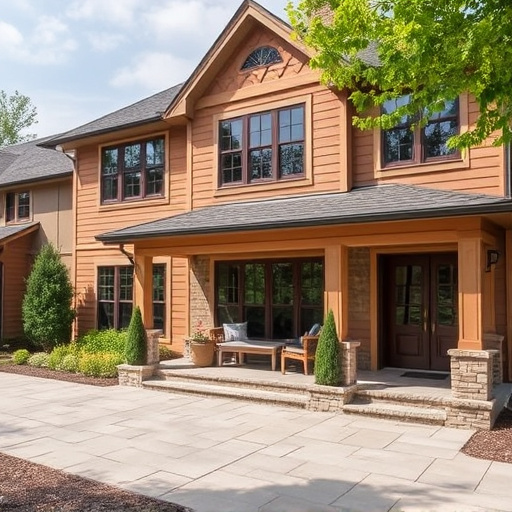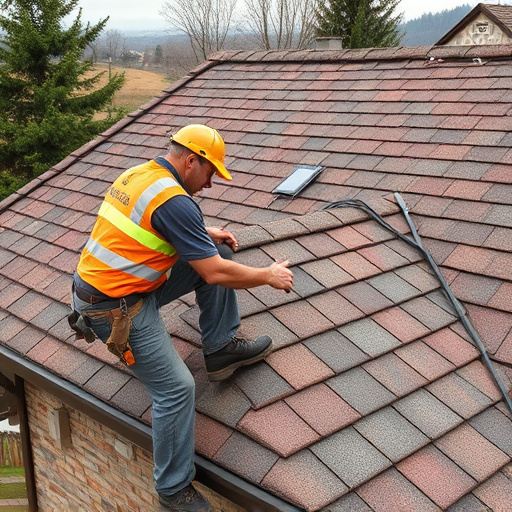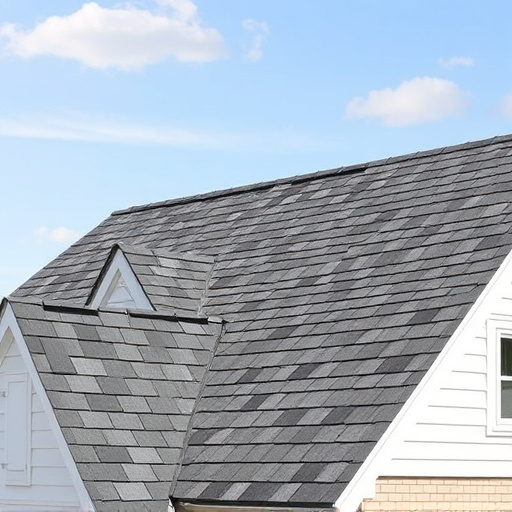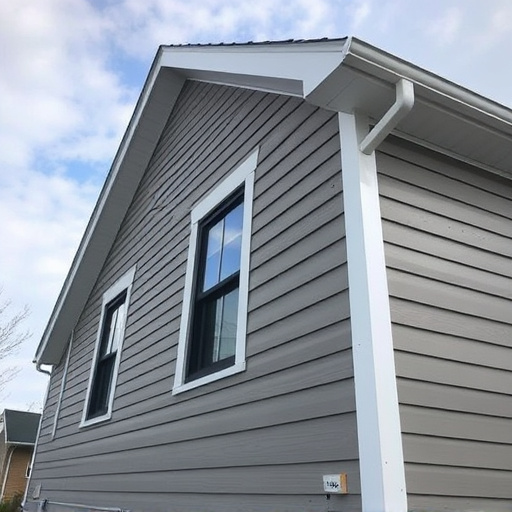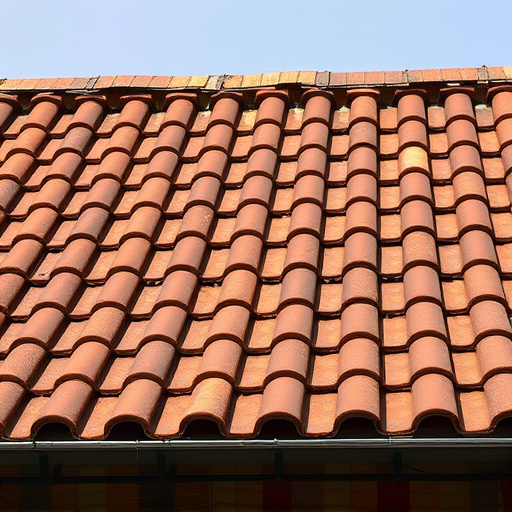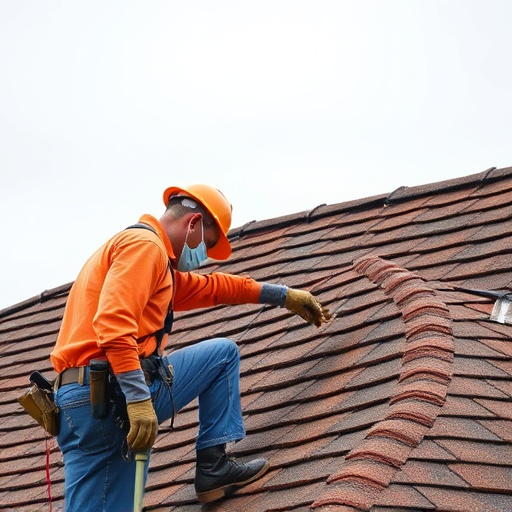Metal siding is a popular choice for homeowners seeking durable, low-maintenance exterior solutions. Its longevity, superior weather resistance, and minimal upkeep make it attractive over traditional materials like wood or fiber cement. It offers excellent insulation, resists rot, mold, pests, and provides diverse aesthetic options. Despite higher initial costs, metal siding's durability reduces long-term expenses and storm damage repairs. Its seamless design and robust materials make it a low-maintenance, cost-effective option for roofing and siding, enhancing curb appeal and property value.
Considering metal siding for your home? This guide breaks down the costs, benefits, and longevity of metal compared to traditional materials. From initial installation to long-term maintenance, we explore how metal siding stands out as a durable, low-maintenance, and cost-effective choice. Discover why choosing metal siding could be a smart investment for your property’s value and aesthetics.
- Understanding Metal Siding: Benefits and Considerations
- Cost Comparison: Metal vs Traditional Materials
- Longevity and Maintenance: A Deep Dive into Durability
Understanding Metal Siding: Benefits and Considerations
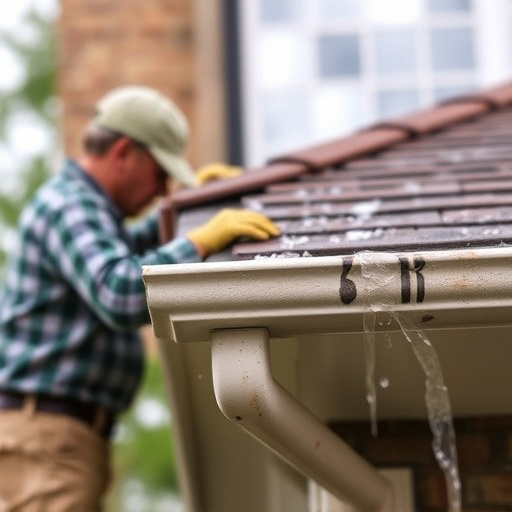
Metal siding has gained popularity among homeowners seeking durable and low-maintenance exterior solutions. Its longevity is a significant advantage, as it can withstand harsh weather conditions and requires minimal upkeep compared to traditional materials like wood or fiber cement. This makes metal siding an attractive option for those looking to avoid frequent repairs and replacements, which are often costly.
When considering metal siding, several benefits stand out. It offers excellent insulation, contributing to energy efficiency in homes. Moreover, its resistance to rot, mold, and pests makes it a healthier choice. Metal siding also provides a wide range of aesthetic options, from classic styles to modern designs, allowing homeowners to personalize their properties. However, it’s essential to weigh these advantages against potential drawbacks. The initial cost of metal siding can be higher, and certain types may be more susceptible to damage from extreme temperatures or impact, requiring specialized installation techniques for optimal performance, especially in residential roofing applications.
Cost Comparison: Metal vs Traditional Materials
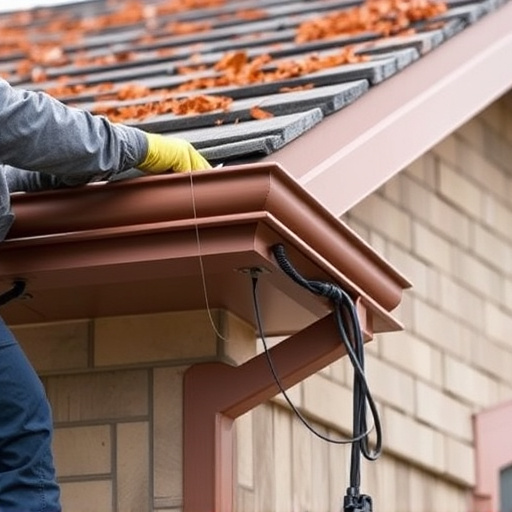
When comparing the cost of metal siding to traditional materials like wood or vinyl, it’s clear that metal offers a compelling value proposition. Initially, metal siding may carry a higher upfront cost compared to some alternatives, but its durability and longevity significantly reduce long-term replacement expenses. While wood requires frequent painting and repairs, and vinyl can crack or warp over time, metal siding is resistant to rot, decay, and extreme weather conditions like storms and high winds—making it an excellent investment for homeowners looking for reliable home service solutions.
Moreover, considering the potential for storm damage repair, metal siding’s seamless design and robust materials make it less susceptible to damage. This reduces the need for frequent repairs or replacements, which can be particularly beneficial in regions prone to harsh weather conditions. In terms of roofing and siding, metal offers a superior performance-to-cost ratio, making it an attractive option for those seeking a low-maintenance exterior that will stand the test of time.
Longevity and Maintenance: A Deep Dive into Durability
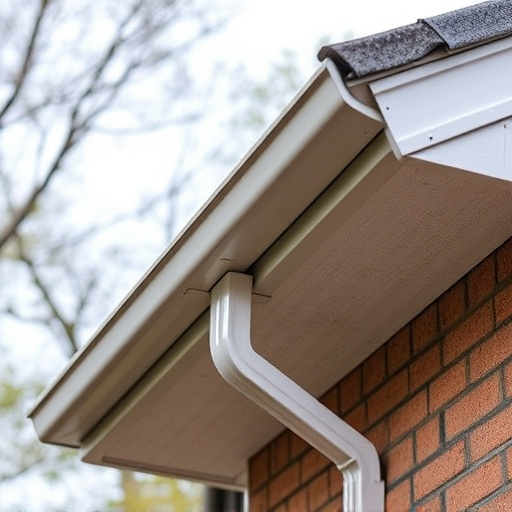
When comparing exterior home improvements, longevity and maintenance are key factors that set metal siding apart from other materials. Metal is renowned for its exceptional durability, offering a robust defense against harsh weather conditions, intense UV rays, and even pests. This long-lasting quality translates to fewer repairs and replacements over the years, making it a cost-effective choice in the long run. Unlike traditional materials like wood or vinyl that may require regular painting or sealing to maintain their aesthetics, metal siding stands the test of time with minimal upkeep.
For both residential and professional siding applications, metal’s versatility and resistance to rot, warp, or fade make it an ideal option. Its strength ensures it won’t easily dent, crack, or break, reducing the need for frequent repairs. Moreover, the low maintenance demands of metal siding save homeowners time and money, allowing them to focus on other exterior home improvements that enhance curb appeal and property value.
When weighing the options for exterior cladding, metal siding stands out as a superior choice due to its durability, low maintenance requirements, and competitive pricing. In comparison with traditional materials, metal siding offers long-term cost savings without compromising aesthetics or performance. Its versatility and resistance to extreme weather conditions make it an ideal investment for any property owner seeking a reliable and sustainable solution. By choosing metal siding, you’re not just enhancing the curb appeal of your home; you’re securing a resilient barrier that will protect your structure for years to come.

